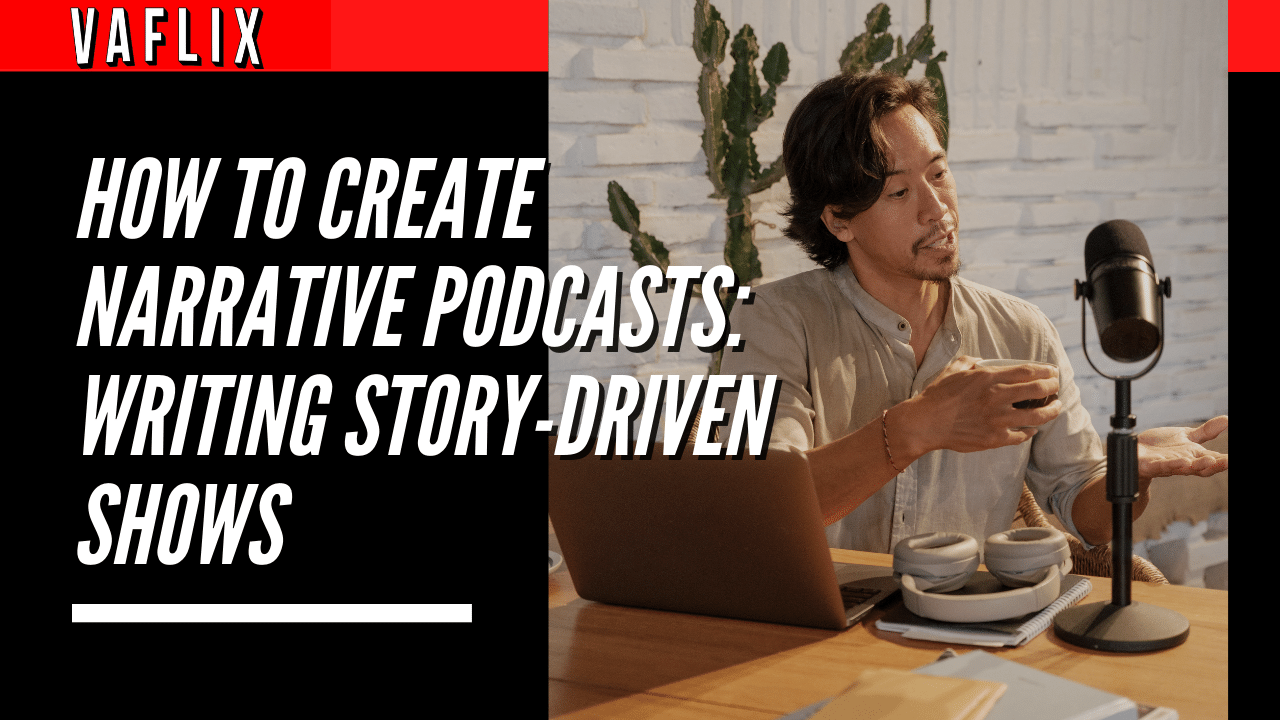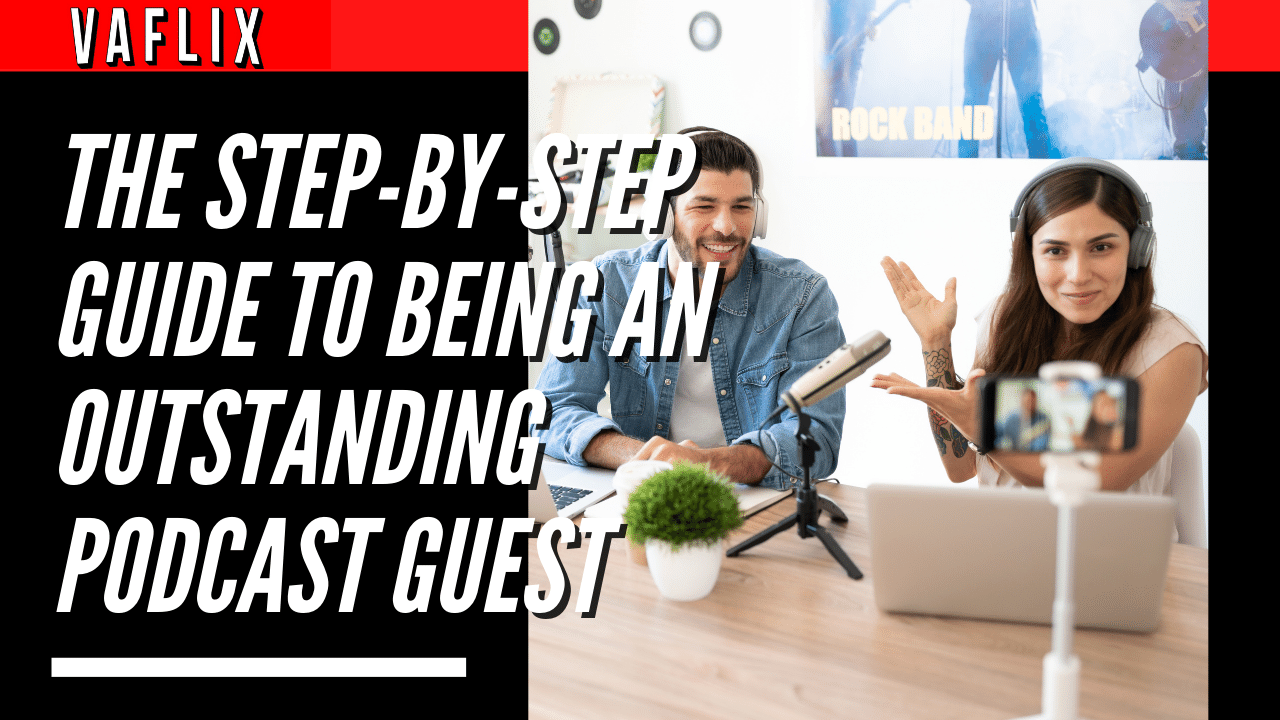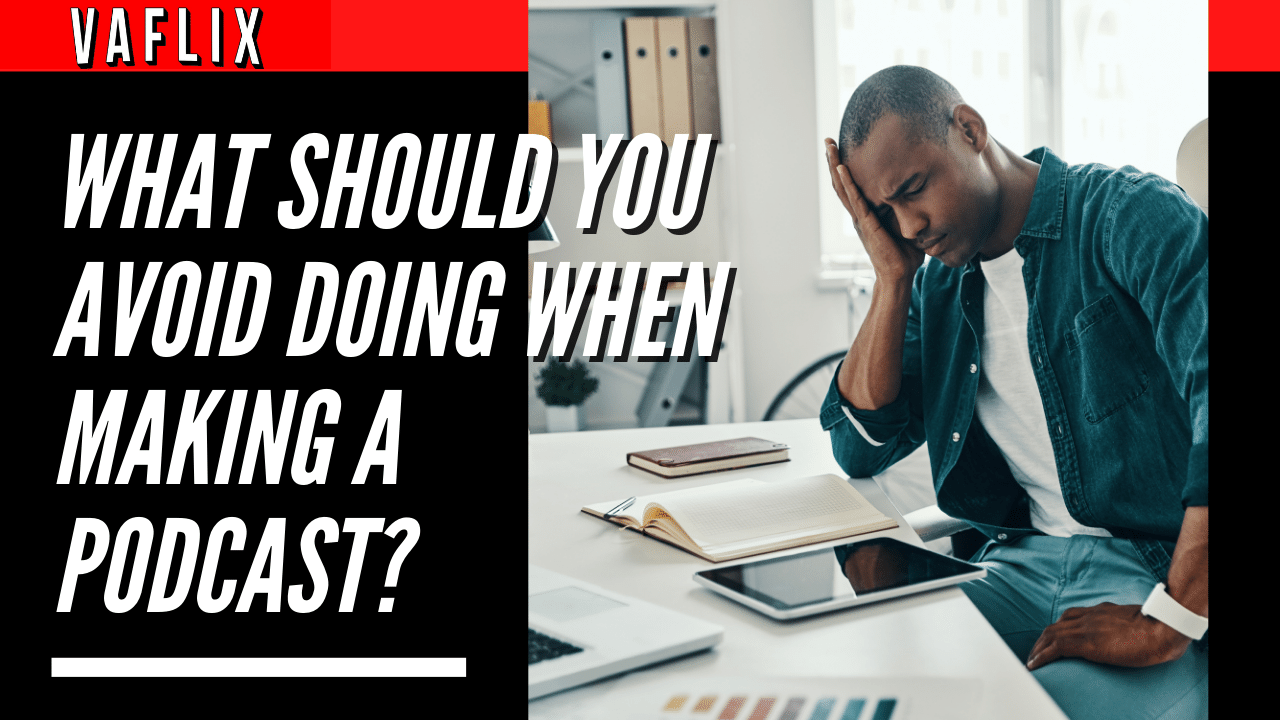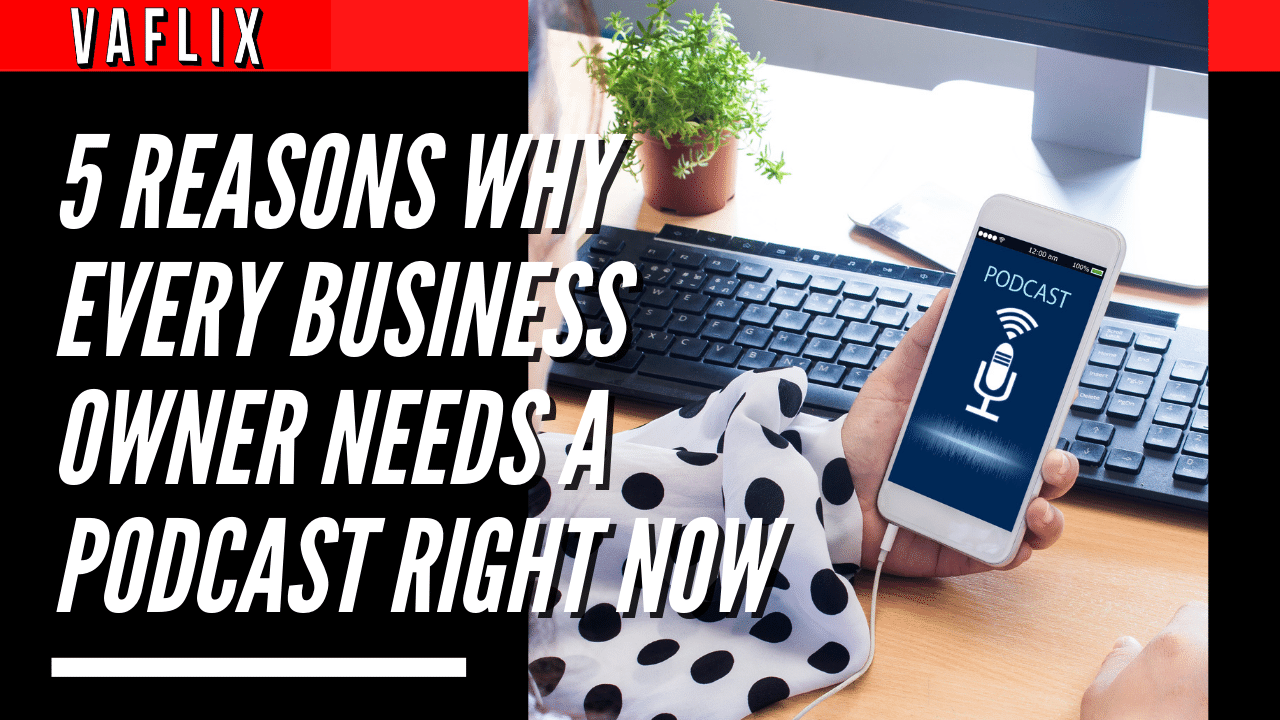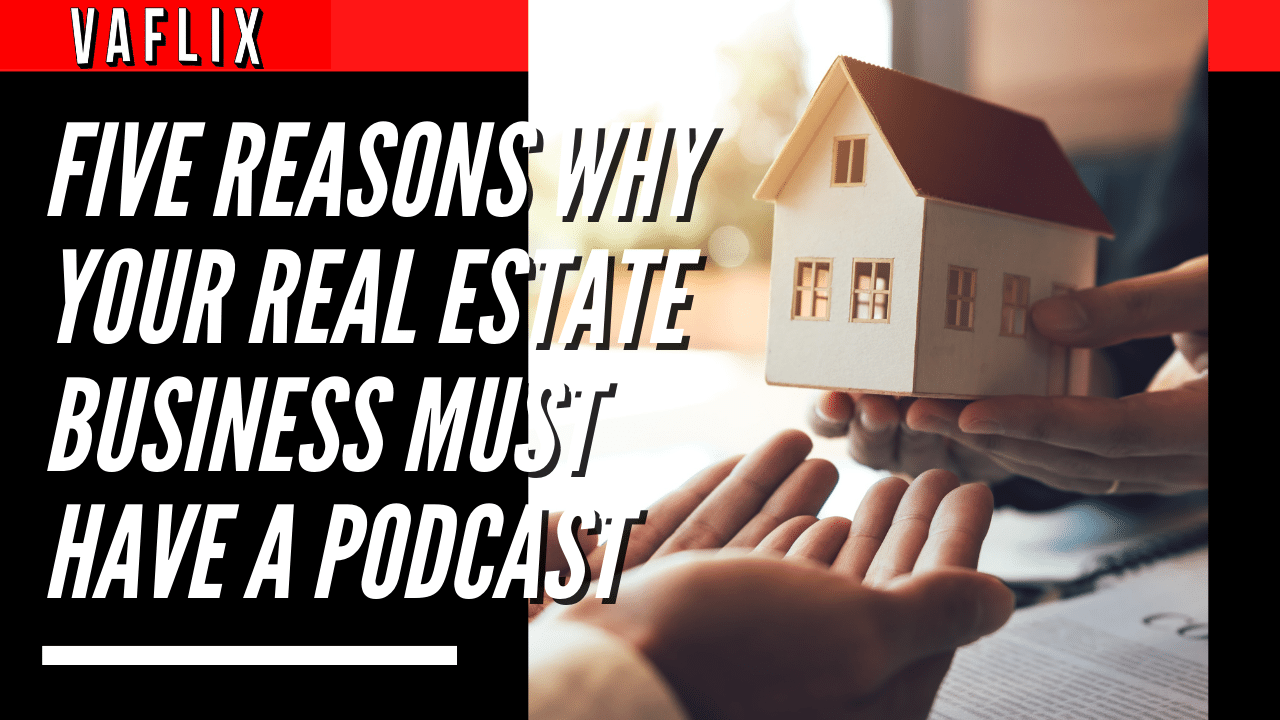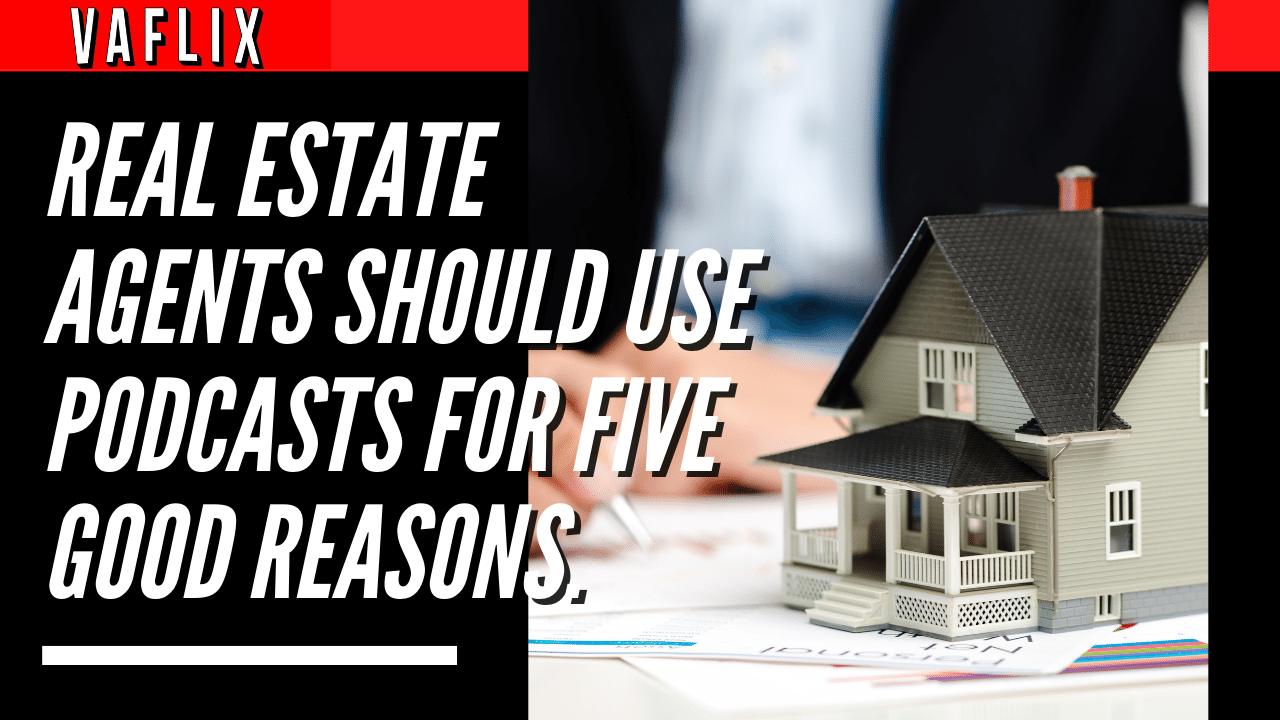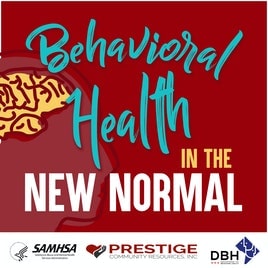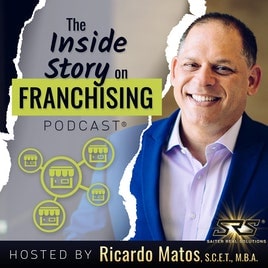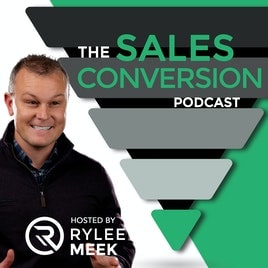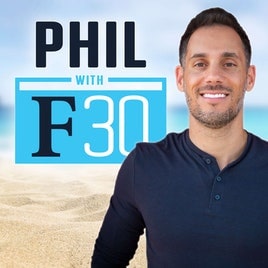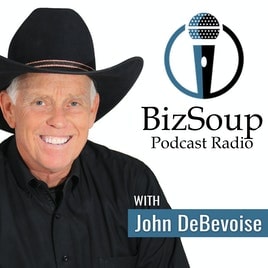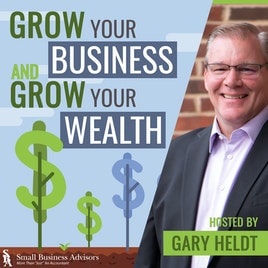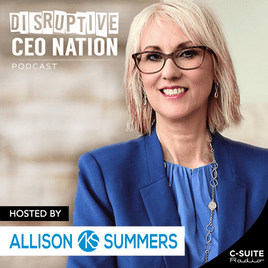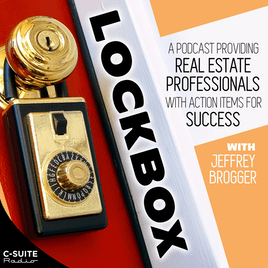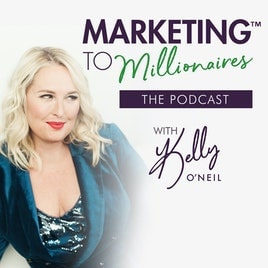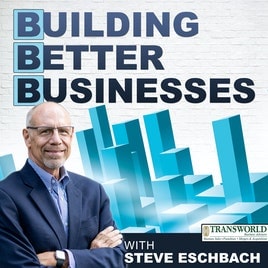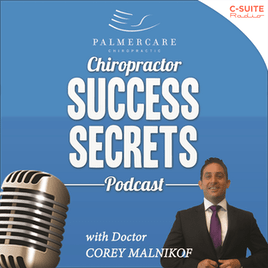How To Create Narrative Podcasts: Writing Story-Driven Shows
Thinking of Hiring a Podcast Production Agency?
We all like listening to story-driven, narrated podcasts in the NPR manner. How are they constructed? Learn how to create and produce an advanced show.
As more and more podcasts flood our podcast applications, it becomes more difficult to produce a program that stands out from the pack and grows an audience.
The paradigm of “find your specialty” is evolving. Now that practically every industry segment, subculture, and Reddit subreddit has its own podcast, your program must separate itself in some other manner to stand out.
One method to do this is to construct a story podcast, which is more difficult (but ultimately more gratifying) to produce than a standard interview podcast.
What are some of the finest podcasts for storytelling in common?
The power of story podcasts is their capacity to create a profound connection with the listener. They take their audience on a trip, continually re-engaging and contextualizing, since every part of the encounter is meticulously choreographed.
If you’ve ever listened to a podcast by This American Life, NPR, the BBC, Gimlet, or any of the other masters of the medium, you’ll notice that they all do a few things really well, including:
- They’re well researched, diligently fact-checked
- They elicit an emotional response
- They have multiple guests or contributors per episode
- They’re never stagnant, they’re constantly moving the story forward with new ideas, characters, sound design etc
- They’re often not structured chronologically
- They’re not too long – generally under 30 minutes (there are plenty of exceptions, of course)
- They uncover something new, unexpected, or delightful
- They inject the personality of the host(s)
- They’re often serialized
Instead of asking the same people in your niche the same questions in a stale Q&A style, narrative podcasts provide something fresh and distinctive.
The outcome is a podcast with enhanced depth, understanding, immersion, and overall quality that keeps listeners coming back for more.
What makes a good podcast?
As soon as you go from the typical interview and round table forms, you have an abundance of alternatives for framing a story. No longer are you bound to building a narrative in a linear fashion.
I compare the organization of a podcast to the preparation of a lengthy trip.
You know where you want to go, but which path will get you there? Should you choose the highway or a scenic route? The latter route may be longer, but it will lead you down unexpectedly intriguing roads. The highway transports you from point A to point B as effectively and rapidly as feasible.
Once you have determined your final location, you will be able to choose the trip’s segments. Possibly, you will have to take a bus, a train, and a short amount of foot travel. It’s similar to determining which characters you must interview (and in what sequence) in order to convey your tale.
Once you understand what the travel will involve, you will know what to pack and what footwear to wear.
Okay, I’m exaggerating the comparison a little, but you get the idea. Understanding where you want to take the audience – the destination – and then arranging the events in such a way that they reach there at the appropriate moment, having enjoyed the journey, is essential to the art of storytelling.
Start here with just a few suggestions:
In conclusion, there is no one method for structuring a podcast narrative. A true-crime tale will certainly be structured differently than, say, a tech piece.
Consider the following storytelling devices for your story:
- The cold open. Want to hook your audience immediately? Eliminate the typical introduction and go straight into the tale. If you’re seeking for podcast introduction narration ideas, you’ve come to the right spot.
- Three acts. Yes, every story has a beginning, middle, and finish, but the typical interview approach disregards this fact. This is linear. Consider how your tale will consist of the three acts of setup, conflict, and resolution.
- The ‘e’. A continuation of the frigid opening; begin your narration in the midst of the story’s timeframe. Bring the audience directly into the action at a defining moment before returning to the beginning of the timeline to provide context. Then carry on beyond your beginning point to resolve and complete.
Creating a story-based podcast
It is one thing to see the need for a narrative podcast and another to actually make one.
Working with podcast production businesses that specialize in the medium is one possibility. Another option is to enroll in podcasting classes and teach yourself the trade.
Here is our method:
1. Concept
Whether you’re launching a brand-new podcast or a new season of an existing one, you must define your podcast’s premise.
Important questions to ask at this stage:
- Who is this podcast for?
- What do we want our show to help them with? (Hint: this could simply be ‘entertainment’, but it’s important to be clear on your goal and structure your content accordingly).
- How will your show stand apart from others on the same topic? What new information or angle will bring to the narrative?
- Is this a one-episode story or will it be told over the course of a season?
- Who will you need to interview for it? And how will you reach them to be involved in the project?
- Who will be the narrator?
2. Research and planning
The vast majority of the labor required to create a great narrative podcast occurs far before the recording begins. Once you have determined the theme for your program, it is essential to do extensive research on the subject and your guests.
Plan out your episode outline(s) so that you have a crystal-clear image of the framework of your narrative and the contribution of each interviewee.
This way, when you conduct an interview with one of your guests, you won’t be asking random questions in the hopes of eliciting pearls of wisdom or interesting anecdotes. You are aware of their function in the narrative and may continue to ask questions until you have the necessary details to support your argument.
3. Production
Capture your interviews, go out to record any incidental noises you need, compose your narration scripts to tie the tale together, then transcribe everything so you can begin editing.
4. Editing
This is where a great deal of magic occurs. I’m not referring about trimming audio in Audacity or Pro Tools or deleting ums and uhs when I say “editing.” This involves revising the narrative’s substance and structure to make it as interesting as feasible.
The difference between a rookie and a professional narrative podcast is in its editing.
Carefully choose interviews and noises to use into your story. Refer back to your second-stage episode outline and research for structure.
We love to utilize Descript, a very effective podcast editing tool, for this purpose.
Experience has taught me that less is nearly always more. Be merciless while editing! If a clip is not essential to the narrative being told, cut it!
5. Sound design
Music and sound design are not an afterthought. They are fundamental to the art of storytelling.
Music and sound may drastically alter the mood of a story. They should not be an afterthought after the plot is complete; you should consider how they will function in your program throughout pre-production.
There are several excellent resources for obtaining music and sound effects for your performance. Use them to increase the intensity of a scene’s emotion, to root your story in time and place, or to indicate a shift in pace or location.
Start right now!
There is A LOT that goes into creating a narrative podcast, but the process is immensely fulfilling, and the final product stands out above other podcasts.
It might first seem intimidating, but the best way to learn is to dive in and give it a go.
You will be well on your way if you take the time to meticulously organize and arrange your episodes, choose the correct guests, edit brutally, and utilize music and sound design efficiently.
With experience, your productions will improve with each new episode, giving your audience with more value.
PODCAST PORTFOLIO BELOW (Best View on Desktop) Click on “Full Screen” and tap left and right arrows to check the other slides.
VA FLIX PODCAST PORTFOLIO – PODCAST PRODUCTION AGENCY – PODCAST VIRTUAL ASSISTANTS by John MarzanPodcasting Made Simple with VA FLIX
Wouldn’t it be amazing if you could simply press the record button, wait a few days (sometimes as little as 24 hours), and then publish and deliver a perfectly edited and ready-to-go podcast episode to your audience? No worries! You definitely can! VA FLIX partners with professionals, busy entrepreneurs, business owners, and top brands to have professionally done podcasts in the most convenient way. VA FLIX Podcast Productions’ dedicated team will not only take the hard work of post-production off your busy hands but will also relieve you of stress and help you grow your show and connect with your audiences. Our podcast editing service is operated by our own team of millennial audio engineers, talented show note writers, and producers who handle every aspect of your podcast after you record an episode. You literally only have to record your episode and we’ll take care of the rest. That’s the simplest way to explain the service. We do the real hard work while you chill. Your team at VA FLIX is a group of skilled professionals that offers:PODCAST SERVICES FROM VA FLIX
- Launch strategy and podcast consulting.
- Quality Assurance Check Before we Publish.
- Audio editing and production.
- Written show notes including quotes, links, and keywords for SEO.
- Video Editing.
- Marketing Services.
- Audio Leveling & Proper ID3 Keyword Tagging.
- Transcribe your episode (for the all-in-one package).

